

When her kids got older, Stefanie returned to school, but this time as a student to pursue a passion for interior design. She earned certification in the field and worked for a small design company for 12 years before retiring recently.
“We did residential versus commercial design,” Stefanie describes. “I worked with a lead designer who was wonderful. I was doing something I liked, so it wasn’t laborious for me to get up in the morning and go to work.
“The only reason I retired is because my four children live all over the country – two in Virginia, one in Texas and one in California who recently had twin babies – and I need the flexibility to travel whenever I can to see my kids.”
It takes a keen eye to be a successful interior designer, but two years ago Stefanie began to notice a decline in her vision despite previous LASIK® surgery to correct it. Her ophthalmologist, Clifford L. Salinger, MD, founder of The Dry Eye Spa & V.I.P. Laser Eye Center, told her the decreased vision was the result of cataracts forming in her eyes.


“Dr. Salinger warned me that the deterioration of my vision would continue,” Stefanie recalls. “He updated my prescription to tweak my glasses, but cautioned me that it was just a tweak. It wouldn’t correct the problem.
“Six months ago, my vision deteriorated to the point that even with the new glasses prescription, I wasn’t able to read without a magnifying glass. That was my motivation to bite the bullet and deal with my cataracts.
“When I went back to Dr. Salinger, he said, Good news! We now have a cataract surgeon at this practice. I’ve always trusted Dr. Salinger, so his recommendation was good enough for me, so I followed up with her.”
The new cataract surgeon at The Dry Eye Spa & V.I.P. Laser Eye Center is Helayna Brown, MD. Upon first meeting with Stefanie, Dr. Brown noted that Stefanie was suffering from many of the symptoms commonly associated with advanced cataracts.
“She was complaining of blurry vision, especially her near vision, in both eyes,” Dr. Brown reports. “She was also experiencing significant glare when looking at headlights that was affecting her confidence in driving. I recommended surgery.”
Clearing the Clouds
Cataracts are the clouding of the normally clear natural lens of the eye, most often due to aging. During cataract surgery, the surgeon removes the cloudy natural lens and replaces it with a clear, artificial replacement lens called an intraocular lens, or IOL.
“Before we begin cataract surgery, we take a series of detailed measurements to determine the appropriate focusing power for the patient’s replacement lens,” Dr. Brown notes. “We recommend an IOL option based on those measurements.
“Ten years ago, choosing the lens power was more difficult, and IOL options were limited for patients such as Stefanie who previously had LASIK surgery. That was because LASIK changed many of the ratios we use to complete the formulas for choosing the correct lens option. At V.I.P. Laser Eye Center, we preserve our LASIK patients’ charts indefinitely because we know how helpful they are at the time of cataract surgery.”
LASIK corrects vision by reshaping the cornea, which changes the eyes focusing power on the retina. Adjusting that can lead to clear vision, but reshaping the cornea also changes IOL measurements.
“In the past, patients who had LASIK were not good candidates for multifocal IOLs,” Dr. Brown points out. “Multifocal lenses correct for near and distance vision, with the goal of decreasing the patient’s dependence on glasses after cataract surgery.
“But today, we have better formulas and better lens technology, specifically the Symfony® lens, which is an extended depth of focus lens. We’re now able to use multifocal lenses such as the Symfony in patients who’ve had LASIK, and they don’t experience the side effects of glare, halos and rings around lights that people with LASIK used to experience with multifocal lenses.”


“Dr. Brown is a peach,” Stefanie comments. “She’s super, very personable and informative. She explained the surgery and all of my replacement lens options very clearly, and we chose the more advanced Symfony lens.”
While the technology for replacement lenses has improved dramatically over the past decade, so has the technology available in the surgical suite. Dr. Brown now uses advanced equipment during cataract surgery that allows her to be more precise in selecting and placing the IOLs.
“During surgery, after I remove the cataract, I clip an attachment called an optical refraction analyzer, or ORA™, onto the operating microscope,” Dr. Brown explains. “The ORA is connected to a screen that displays the machine’s readings and calculations.
“The ORA can calculate the patient’s residual refraction, which is a way to confirm that I’ve selected the correct replacement lens power. It’s especially helpful with patients who’ve had LASIK surgery because it acts as another check on the calculations and formulas we use to choose their IOLs.”
Ophthalmologists achieve the best visual results for their patients when they correct the patients’ astigmatism at the time of cataract surgery. Astigmatism is a common eye condition that occurs when the cornea is irregularly shaped or there’s a curvature of the lens, causing the vision to be blurry.
“The ORA provides the calculations for astigmatism correction as well,” Dr. Brown observes. “That enables us to choose the correct power for the toric version of the replacement lens, which has astigmatism correction built into it. Stefanie had astigmatism in one eye, which we corrected with a toric IOL.”
Greener Grass
Seeing the results of her cataract surgery made Stefanie realize that the symptoms she experienced before surgery were actually worse than she initially reported.
“Prior to the surgery, I didn’t notice colors fading. I didn’t realize it as it was happening,” Stefanie states. “But after surgery, there was a dramatic difference in colors. Now, the grass looks greener, and the flowers look prettier.”
In some cases, LASIK patients receiving multifocal IOLs such as the Symfony lens may need over-the-counter reading glasses for very small print or very dark environments, Dr. Brown acknowledges. But generally, people with the Symfony lens can go about their normal, daily activities without glasses at all. That was true for Stefanie.
“Since my surgery, I’m glasses free, and it’s just a pleasure not to have to reach for glasses all the time,” Stefanie says. “I still need the magnifying glass to read the very tiny print, such as that in the phone book, but overall, there’s been a dramatic
improvement in my vision.
“Having cataract surgery was a necessity for me, and I had an excellent outcome. I’m very pleased that I decided to have it done by Dr. Brown at The Dry Eye Spa and V.I.P. Laser Eye Center.”




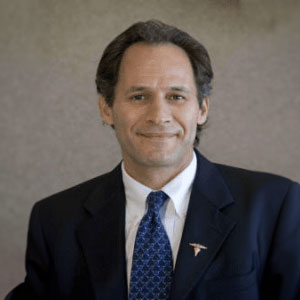
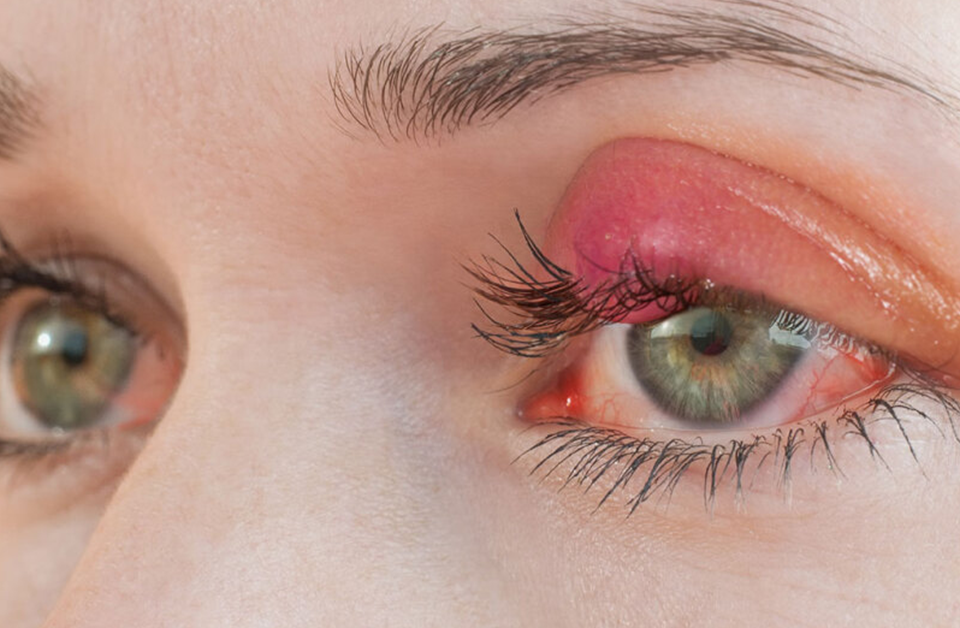


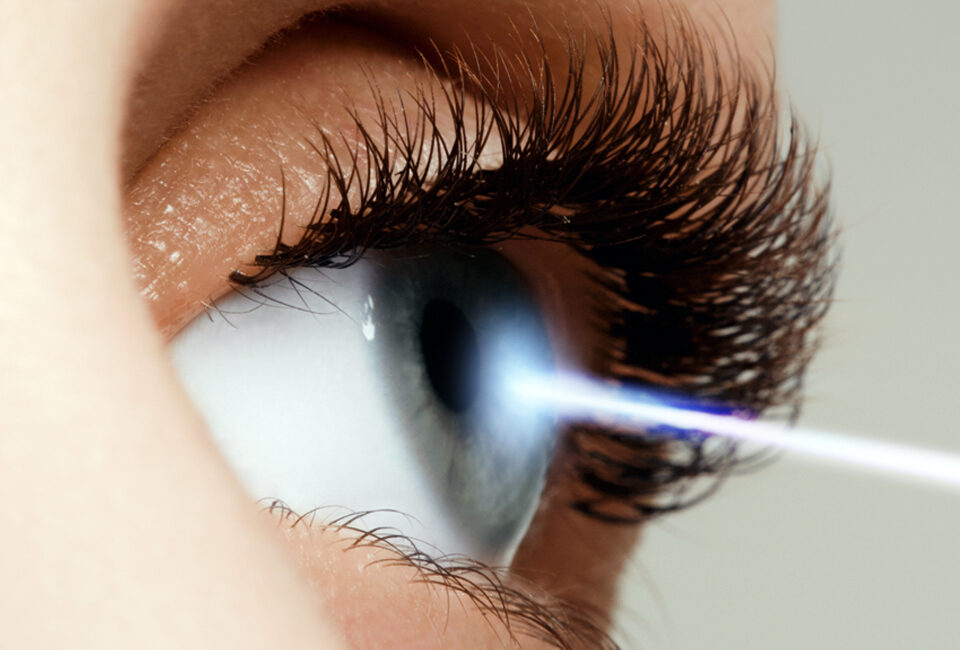
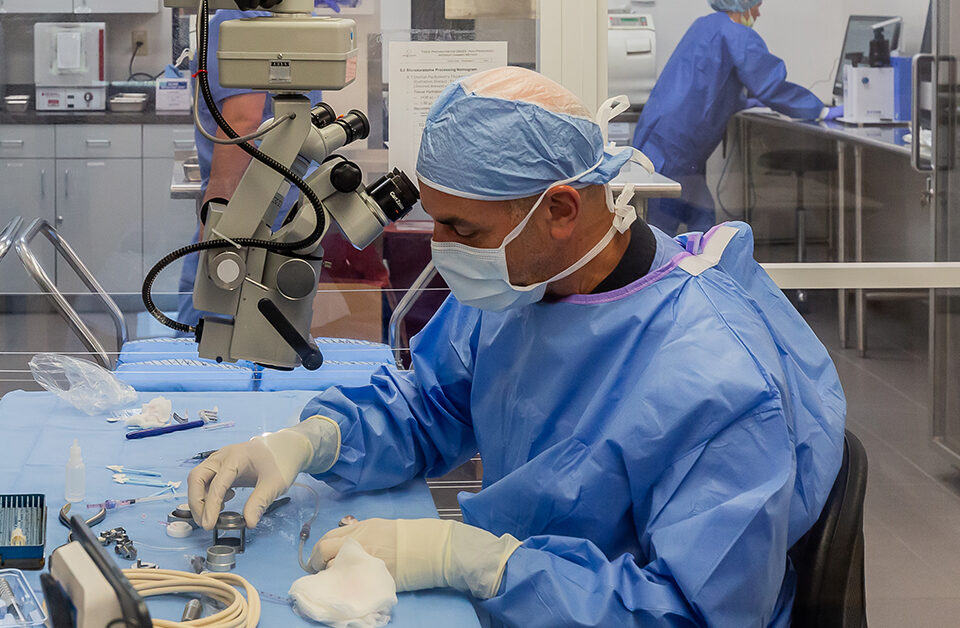
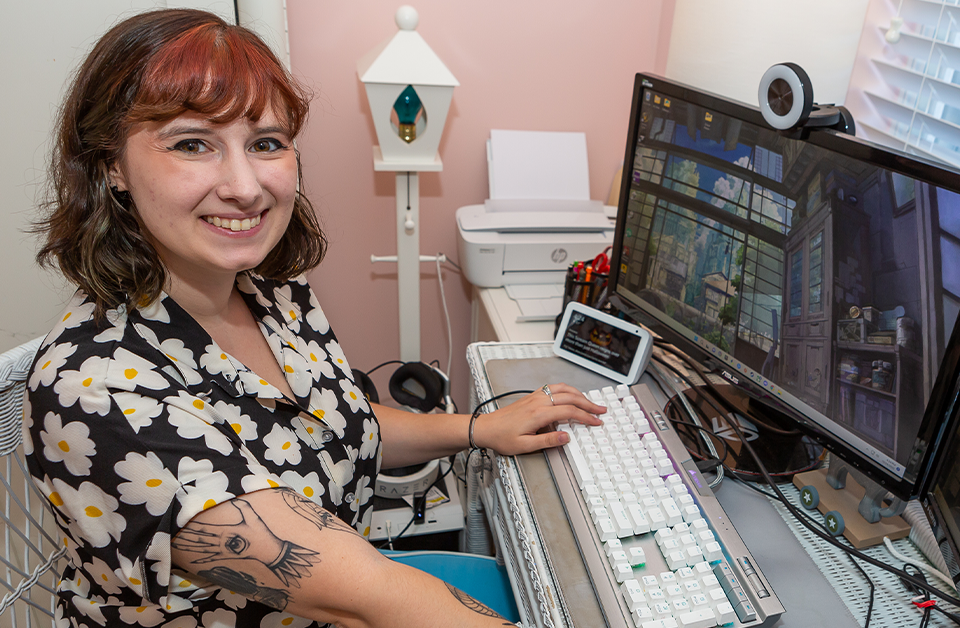
Leave a Reply